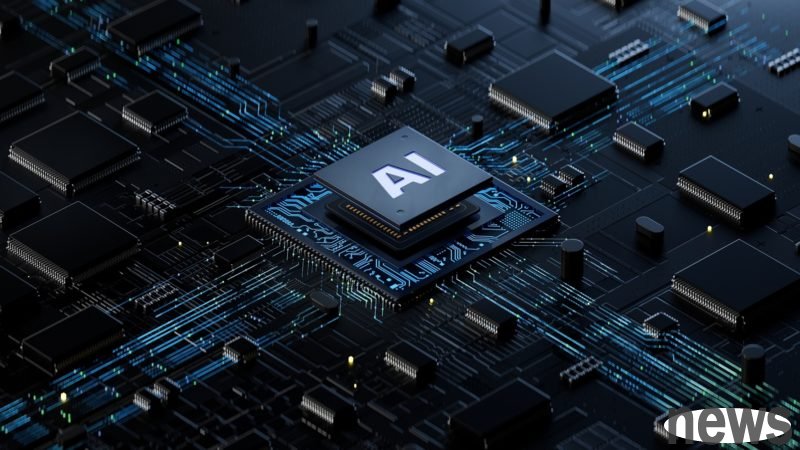
A research report by foreign investment bank Morgan Stanley pointed out that the demand for artificial intelligence (AI) continues to grow at an unexpected rate, and the global AI semiconductor industry is expected to maintain strong growth in 2026. Although TSMC, the leading wafer foundry, is actively expanding its production capacity to meet market hunger, industry observers point out that future supply chain constraints are expected to shift from semiconductor production capacity to niche memory and server racks.
TSMC recently publicly stated that AI demand is stronger than expected three months ago. To counter this wave, management is working to close the supply-demand gap between CoWoS advanced packaging and wafer front-end capacity. Although there may be some restrictions on foreign AI graphics processors (GPUs) serving the Chinese AI market, TSMC still has high confidence in the company's prospects and estimates that the five-year compound annual growth rate (CAGR) can reach 40% or higher.
TSMC only needs six months to prepare for expanding CoWoS production capacity. The current report maintains the existing CoWoS supply and demand model unchanged. In addition, although 4nm and 3nm wafer front-end production capacity is still tight. But in terms of capacity allocation, AI semiconductors seem to have a higher priority than cryptocurrency mining ASICs and Android smartphone SoCs. In addition, the CEO of NVIDIA (NVIDIA) also recently mentioned that semiconductor production capacity is no longer the limiting factor in the past.
The scale of AI clusters continues to move toward 100,000 GPUs, and the data center's demand for power, cooling, storage, and optical components is undergoing major changes, which has also created new supply chain opportunities. In particular, the design of large AI racks has shifted to "ethernet-first", with liquid cooling as the default configuration. This has led to the expansion of the BMC (Baseboard Management Controller) of Taiwanese manufacturer Aspeed, which is not only used in servers, but also in a variety of equipment including heat dissipation.
Also, AI storage demand remains strong. In large/remote data centers (DCs), Seagate mentioned that hard disk drives (HDDs) will remain online at 95% capacity, a move designed to reduce rebuilds/trucking and extend drive life. In terms of NAND flash memory, Meta prefers QLC NAND for data centers because of its lower cost. TLC NAND is seen as a solution that seeks a balance between power consumption and cost. Under this circumstance, Morgan Stanley maintains an "outperform" (OW) rating on Phison, a Taiwanese NAND module manufacturer.
As for the field of optical components, total cost of ownership (TCO) and flexibility are still key considerations. Alibaba prefers to continue using pluggable solutions. Additionally, LPOs (linearly driven pluggable optics) and KROs (linearly driven versions of co-packaged optics) are gaining market traction. More advanced NPO/CPO (co-packaged optics) are still expected to be implemented in 2028 as manufacturing capabilities mature. The supply chain expects scale-out CPO to expand production in 2026, while small-volume scale-up CPO is not expected to appear until late 2027.
Finally, Morgan Stanley also expressed its views on the cooperation between Broadcom and OpenAI, saying that OpenAI plans to not be ready to achieve the rack revenue target of US$10 billion in the second half of 2026. This is consistent with the reported CoWoS demand assumption that OpenAI plans to have only a small amount of CoWoS available in late 2026 (or even early 2027).
Although Broadcom did not comment on the identity of XPU customers, analysts pointed out that artificial intelligence research company Anthropic appears to be Broadcom's fourth potential customer. This speculation is consistent with Broadcom’s strong TPU CoWoS orders in 2026. So overall, according to a survey of the supply chain, even if Anthropic eventually uses TPU chips, Amazon AWS will not see a reduction in demand for its own developed Trainium3 in 2026. In this case, we maintain our Outperform (OW) rating on Alchip. Analysts believe that the negative impact of the recent revenue shortage has been digested and the prospects are still promising.